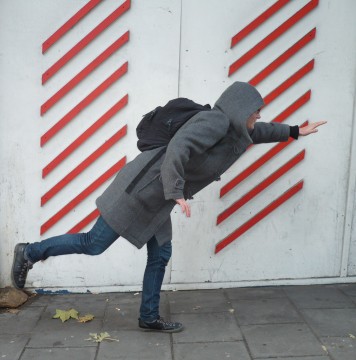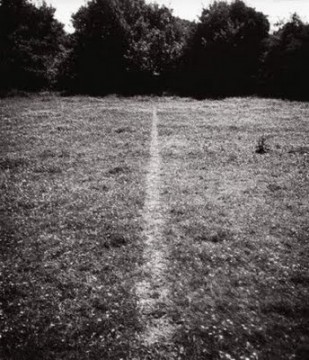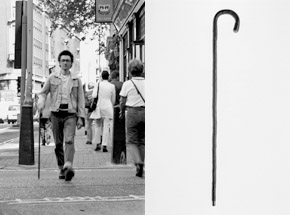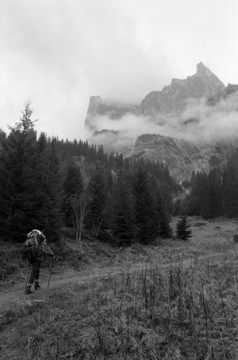When I first arrived in Scotland to study in the Art, Space + Nature program, I was confronted with the question, “Are you keen on hillwalking?” Not quite sure if I had true hillwalking experience, I answered in the affirmative, making the assumption that since I like walking, I’m sure I would like hillwalking as well.
As time went on I discovered that while hillwalking is similar to hiking or backpacking; there are subtle nuances that differentiate the activities. Hillwalking is not meant to be a survivalist sport that arouses a competitive spirit. It is better described as a reflective activity that calms a cluttered mind.
Walking is so popular in the United Kingdom that according to Wikipedia, it is believed to by the nation’s most popular outdoor recreational activity. There is even a national charity known as the Ramblers’ Association, the largest organization to serve the interests of walkers.
It is no wonder that walking has greatly impacted a number of British artists, such as Hamish Fulton and Richard Long. In 1967, Long, a twenty-two year old student at Saint Martin’s School of Art in London, walked back and forth along a straight line in English countryside. His path left linear track, which was documented in a black and white photo. This single image is now seen as a milestone in land/walking-based art.
“My intention was to make a new art, which was also a new way of walking: walking as art…” –Richard Long, A Line Made By Walking (1967)
Since the 1960s, a number of artists have continued to explore the idea of walking as art. A prime example is Gerhard Lang, a contemporary artist based in both Schloss-Nauses (Germany) and London. Lang is best for carrying an iconic walking stick, which he uses for performances, lectures, presentations, and of course, for walking. Lang uses the walking stick in performances as a simultaneous reference to the landscape and the human element of being part of a landscape.
The first stick custom-cut to Lang’s size was made by James Smith & Sons (2) of London’s New Oxford Street in 1997. All subsequent sticks in Lang’s work have likewise been acquired from the famous umbrella, stick and cane manufacturer (established in 1830).
Lang is also known for his Cloud Walk series, which represent a nubeological approach to the clouds in the sky. “Nubeology” is a word and research area invented by Lang during his time at the Slade School of Art in London. Lang’s Cloud Walks take him to tall mountain summits, where he uses a glass separating funnel to capture the cloudy air above.
Artists like Richard Long and Gerhard Lang have helped me to understand the significance of hillwalking. Walking is an automatic activity, that when done intentionally can become a thought, a map, a drawing, a work of art.








Pingback: Reader: November 9, 2010 « updownacross
Pingback: Walking | Concept Studio: Space and Time